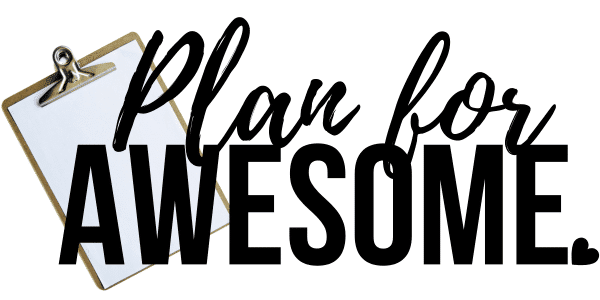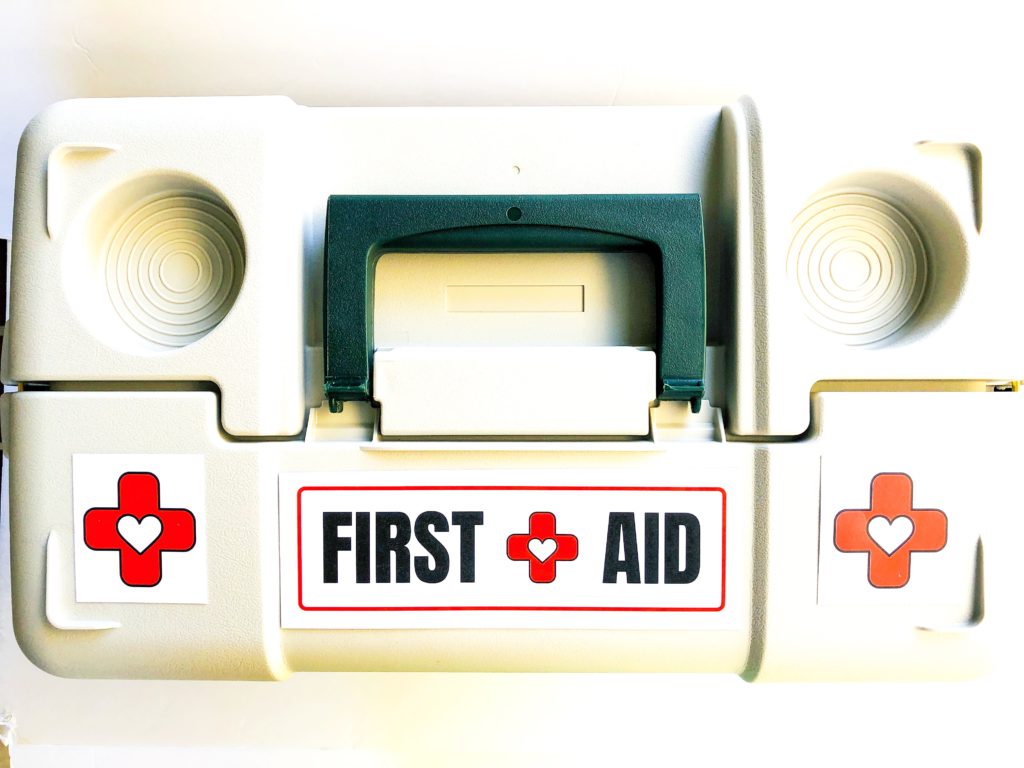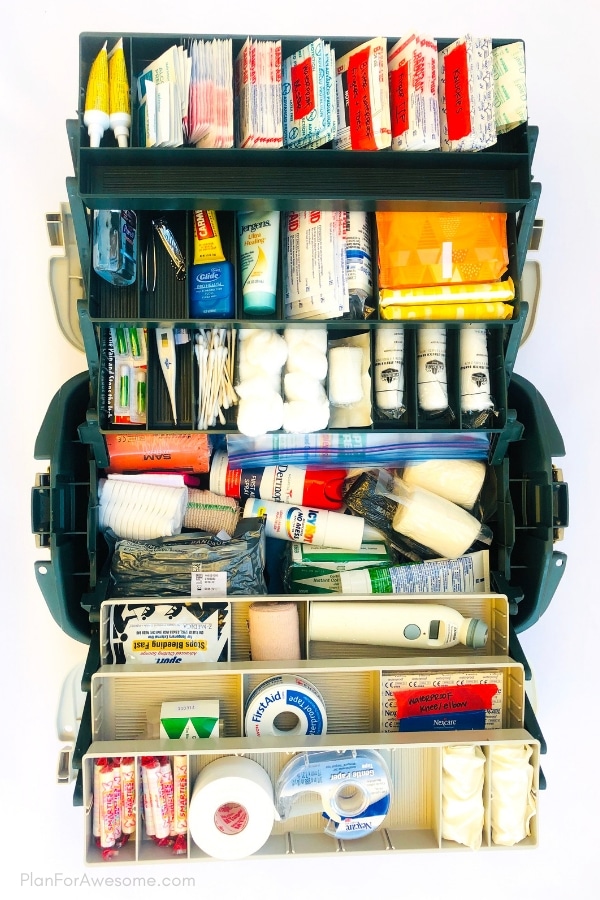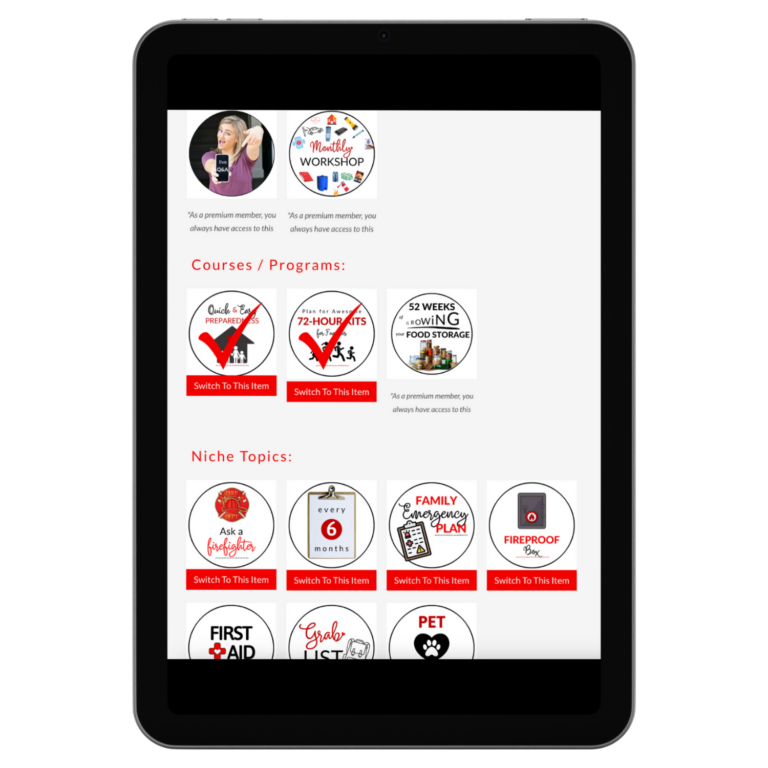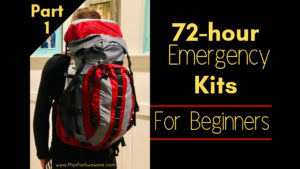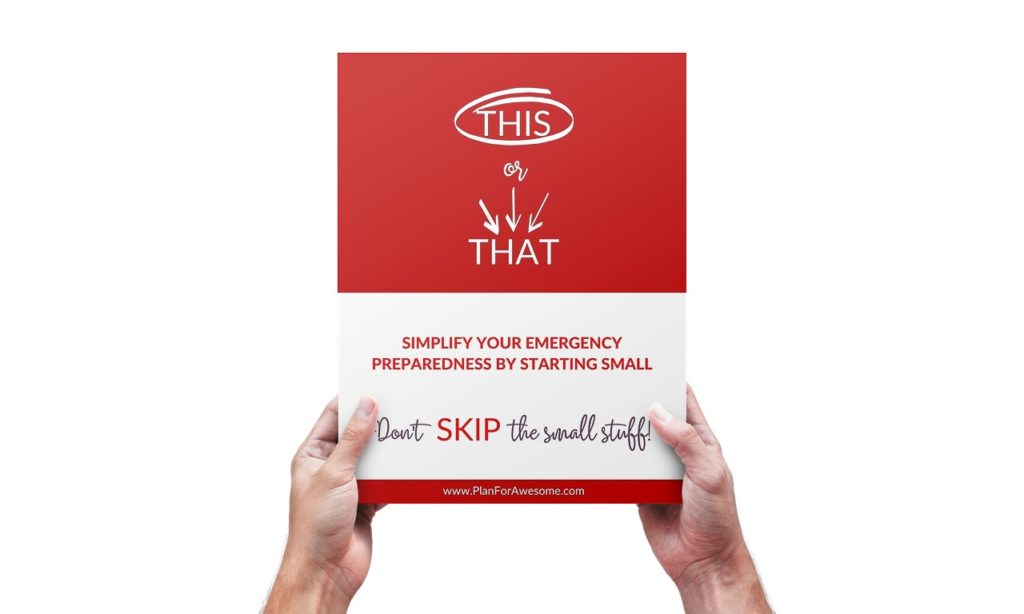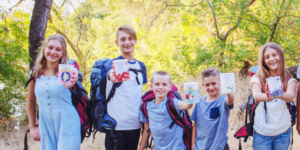
How to Prepare Kids for Emergencies
In order to prepare kids for emergencies, you first need to tackle the obvious – disaster anxiety is real! This post addresses that and gives you resources to help teach your kids about preparedness without scaring them.
